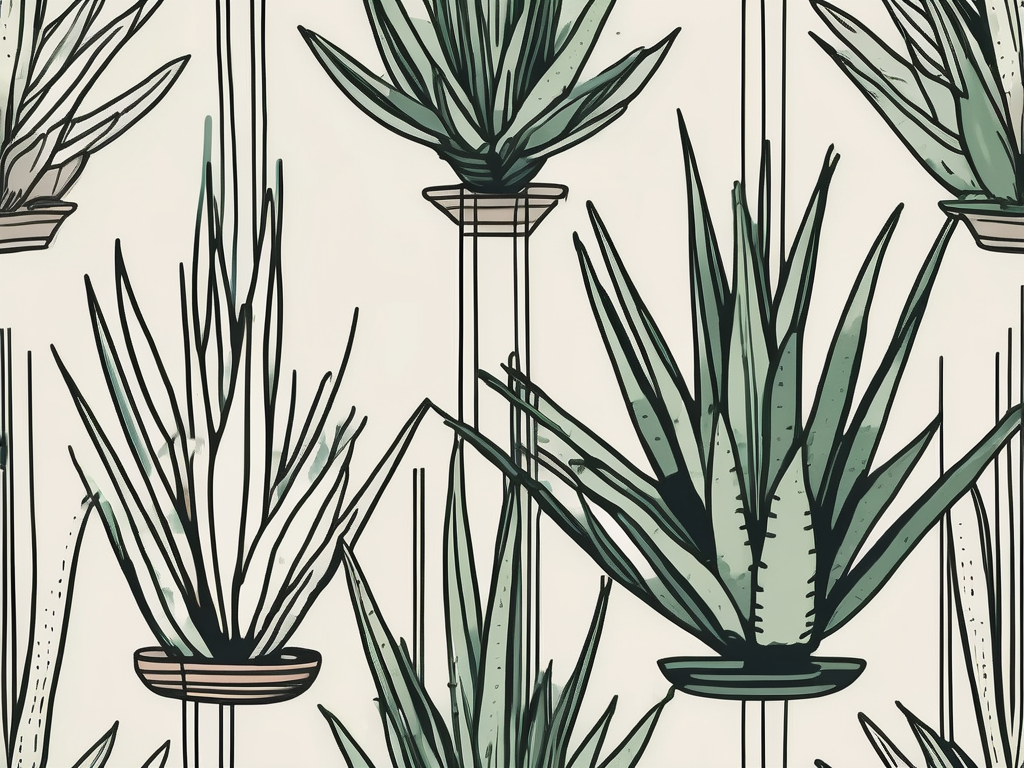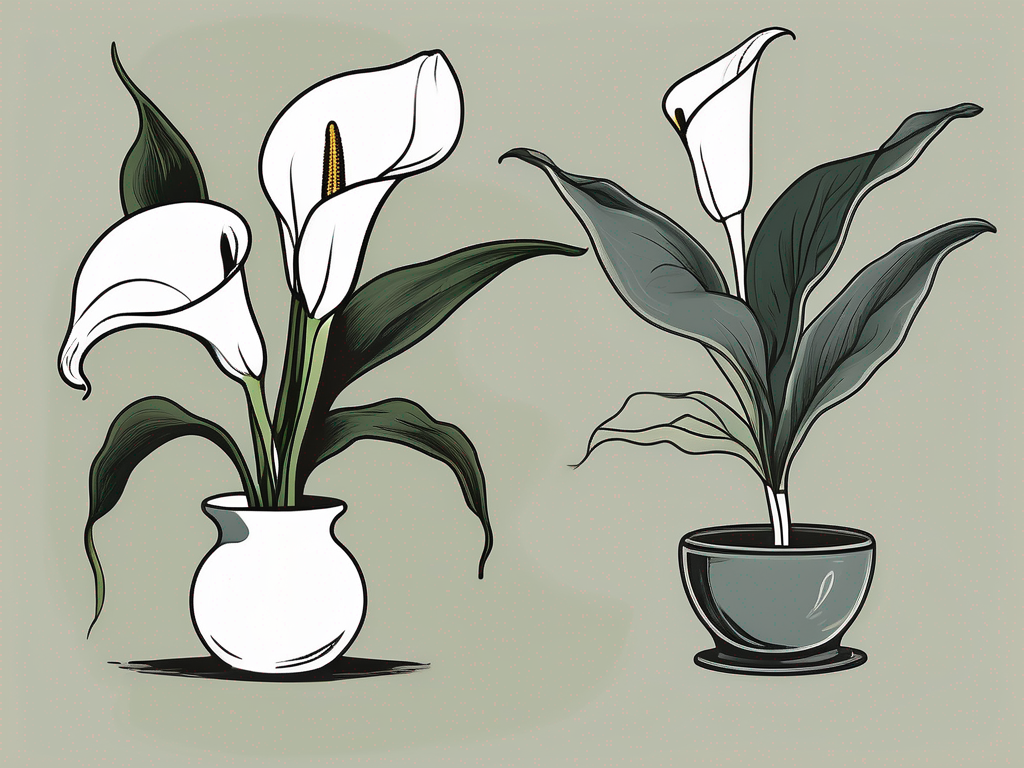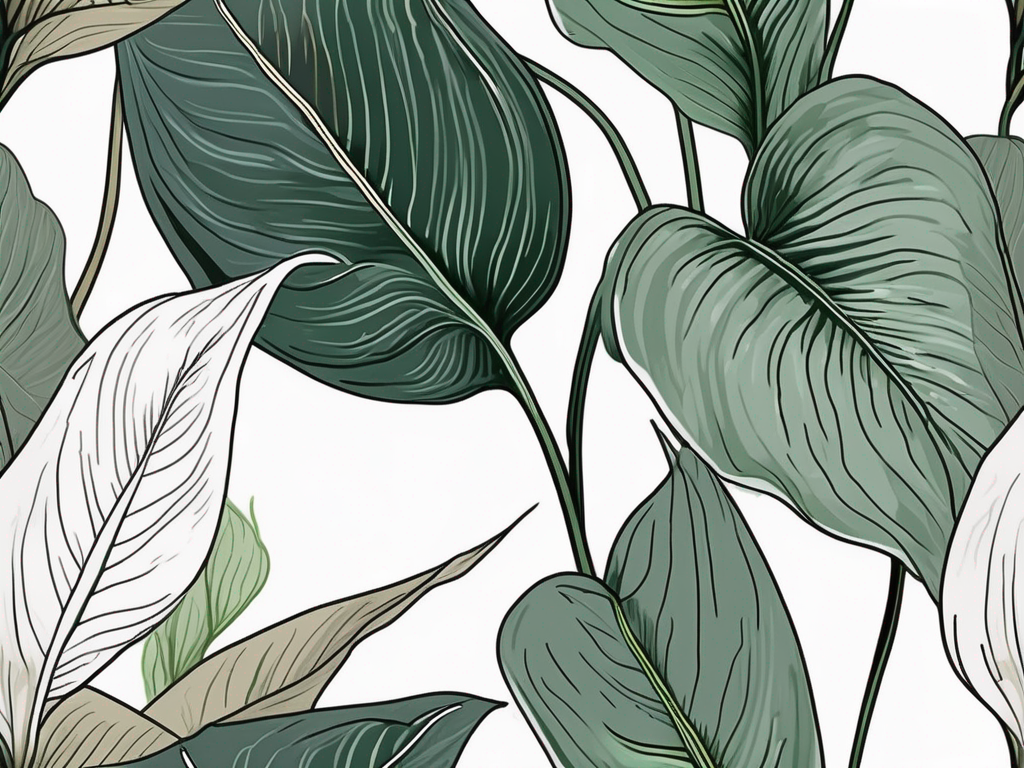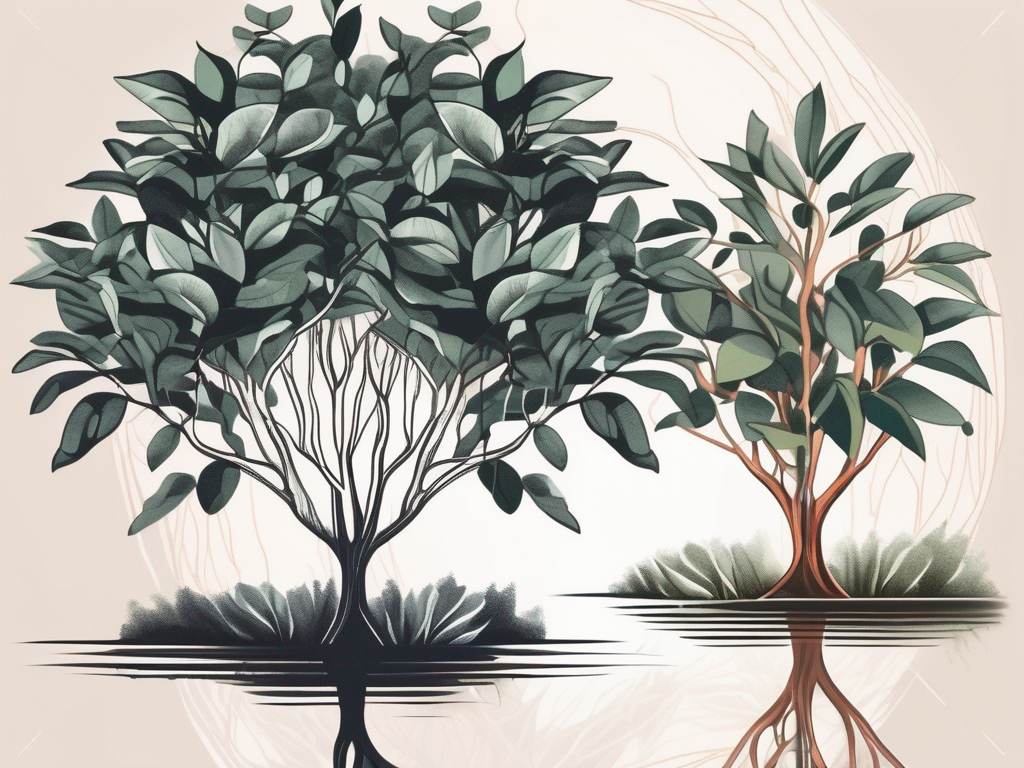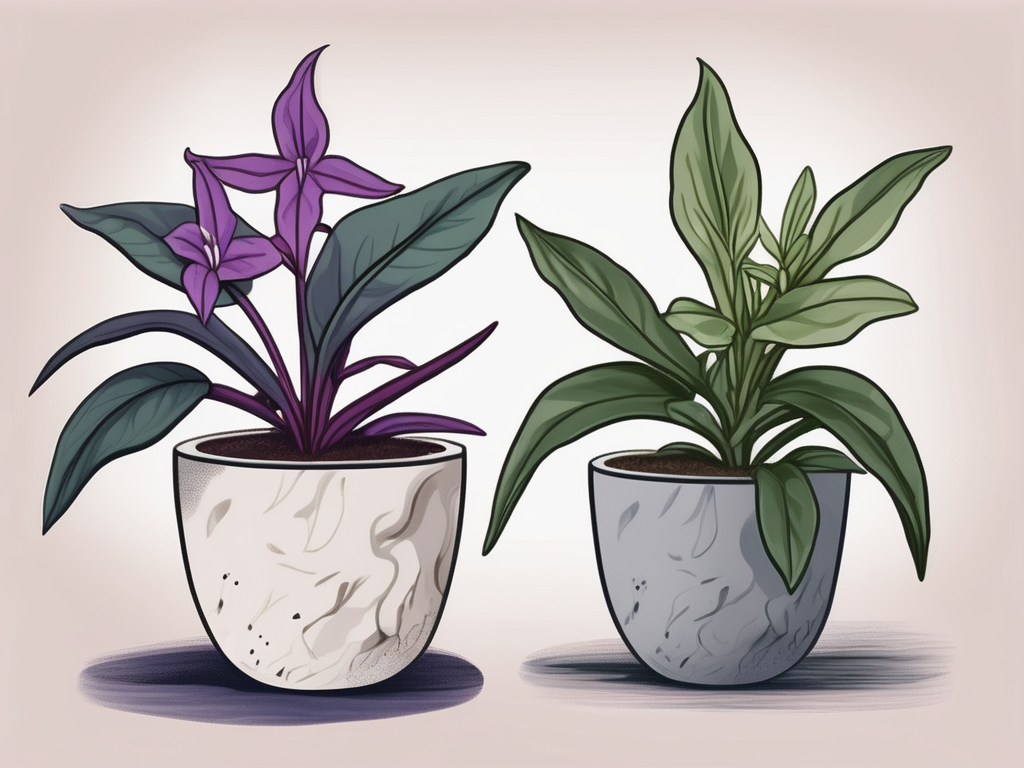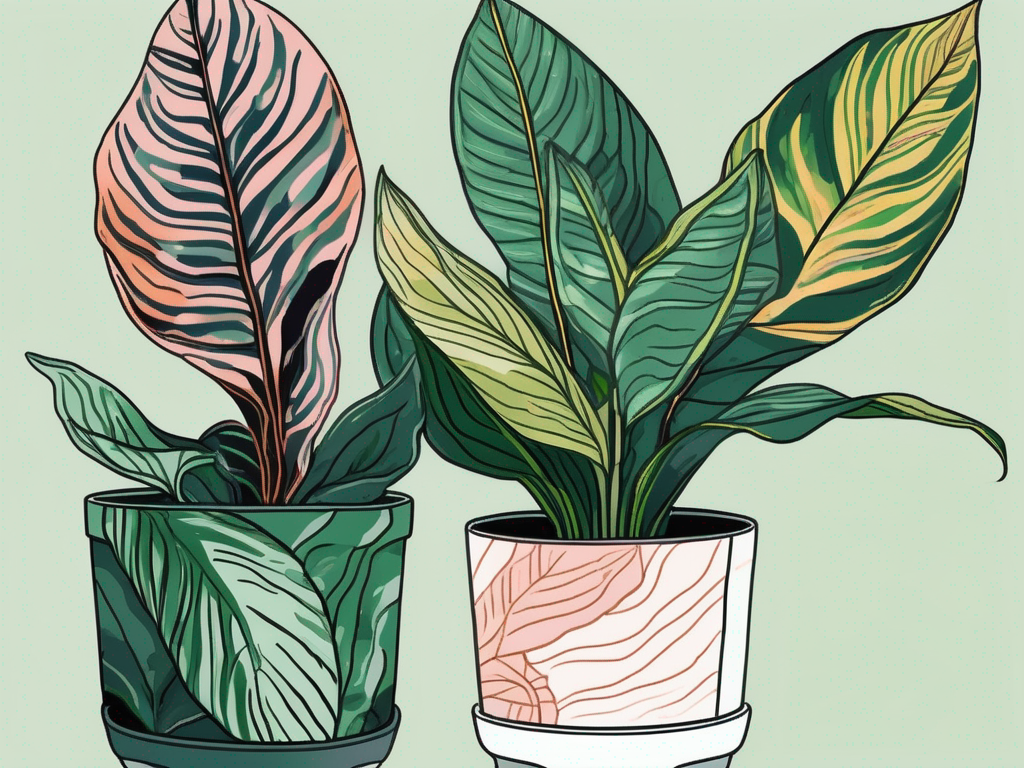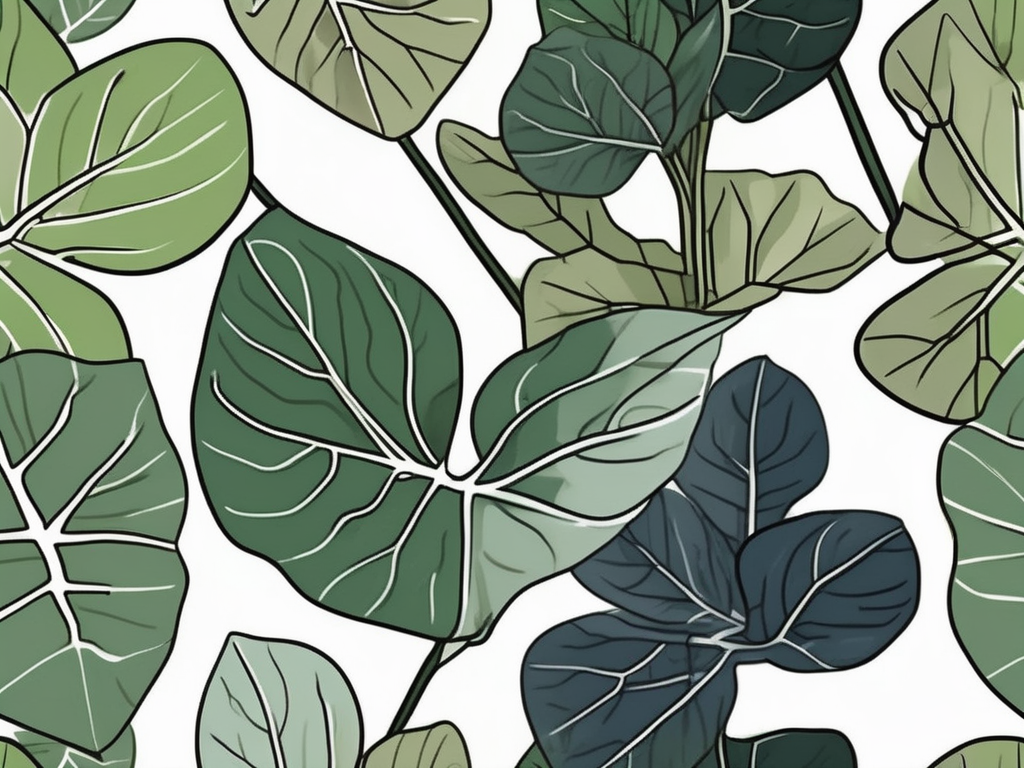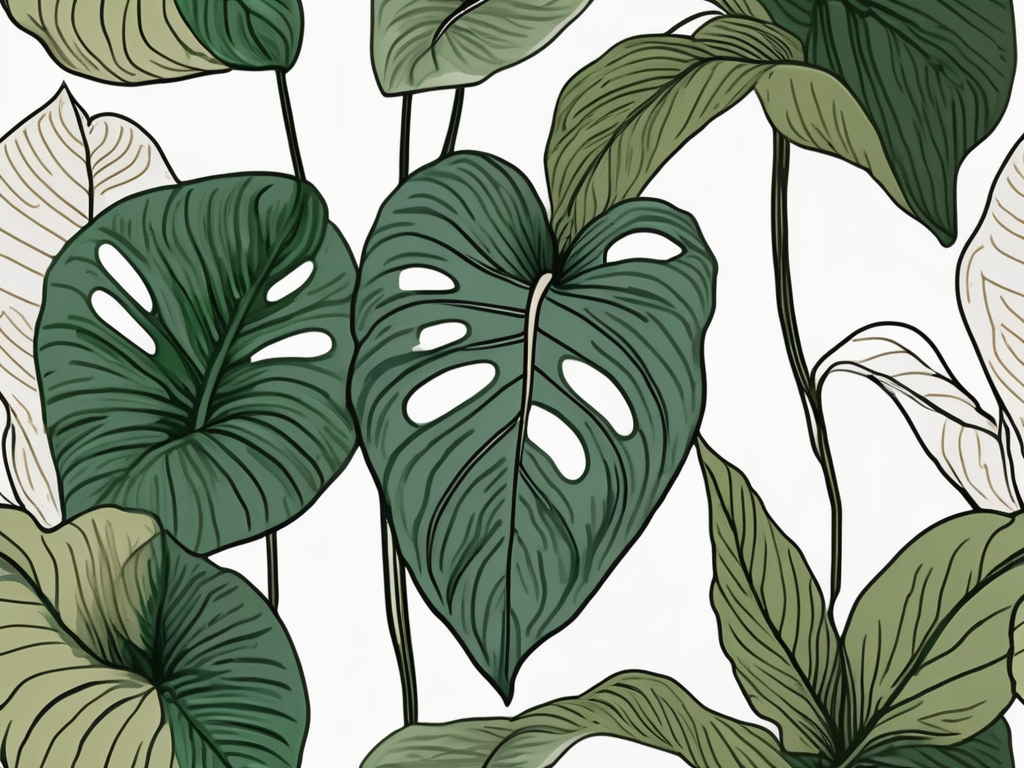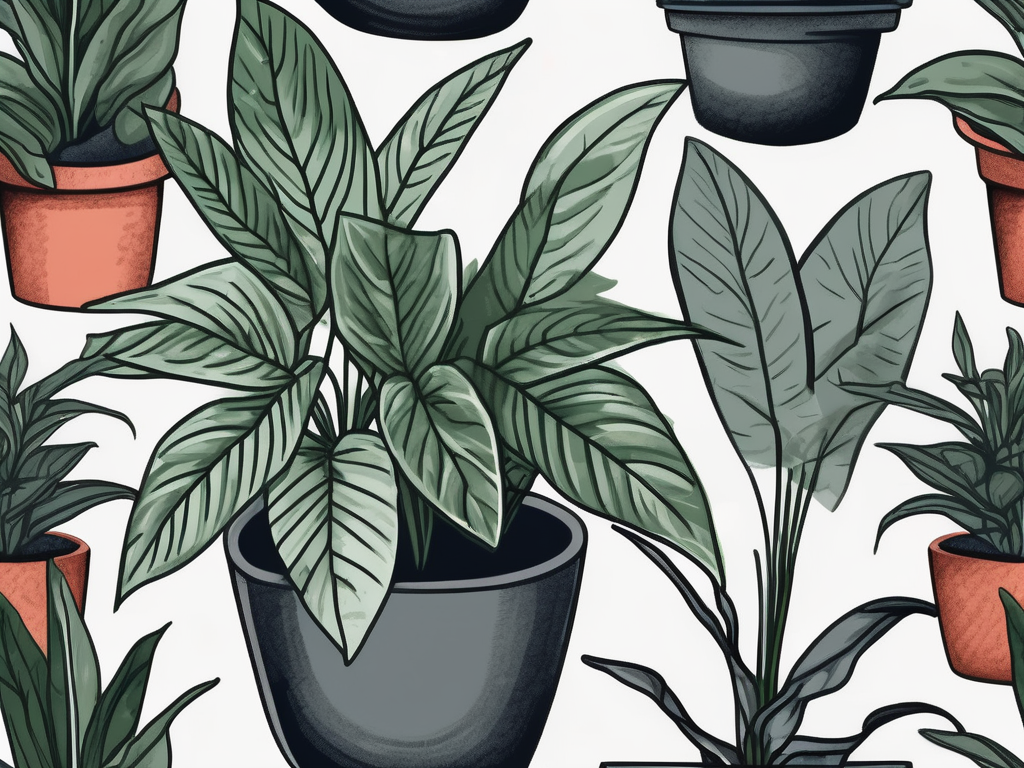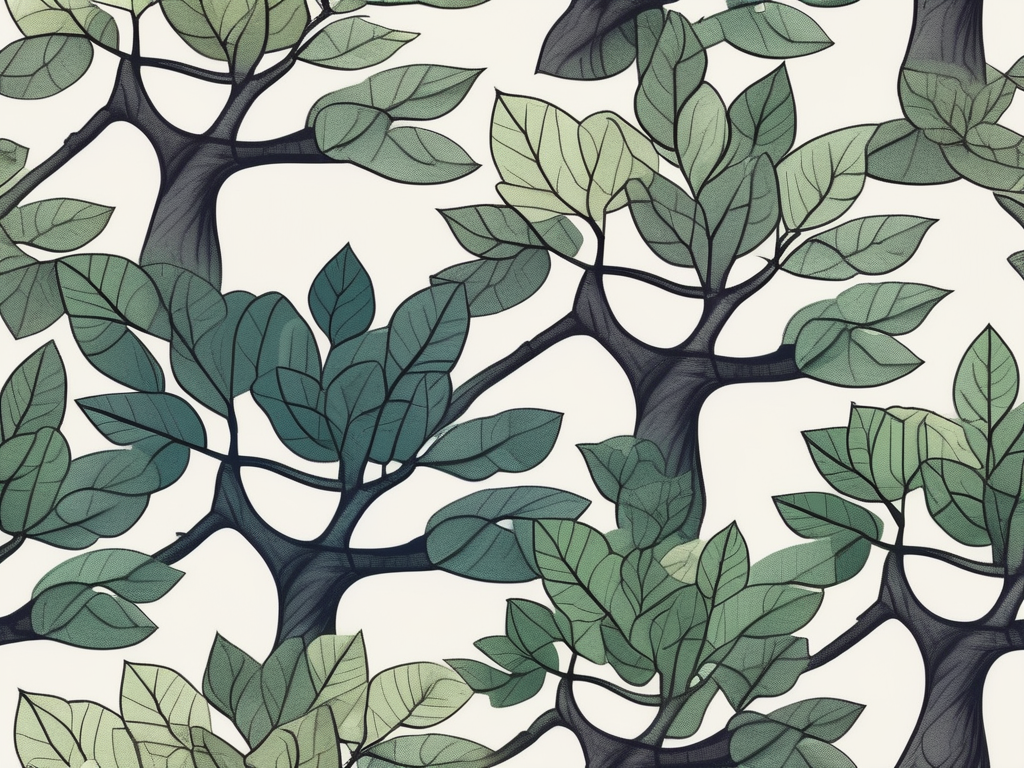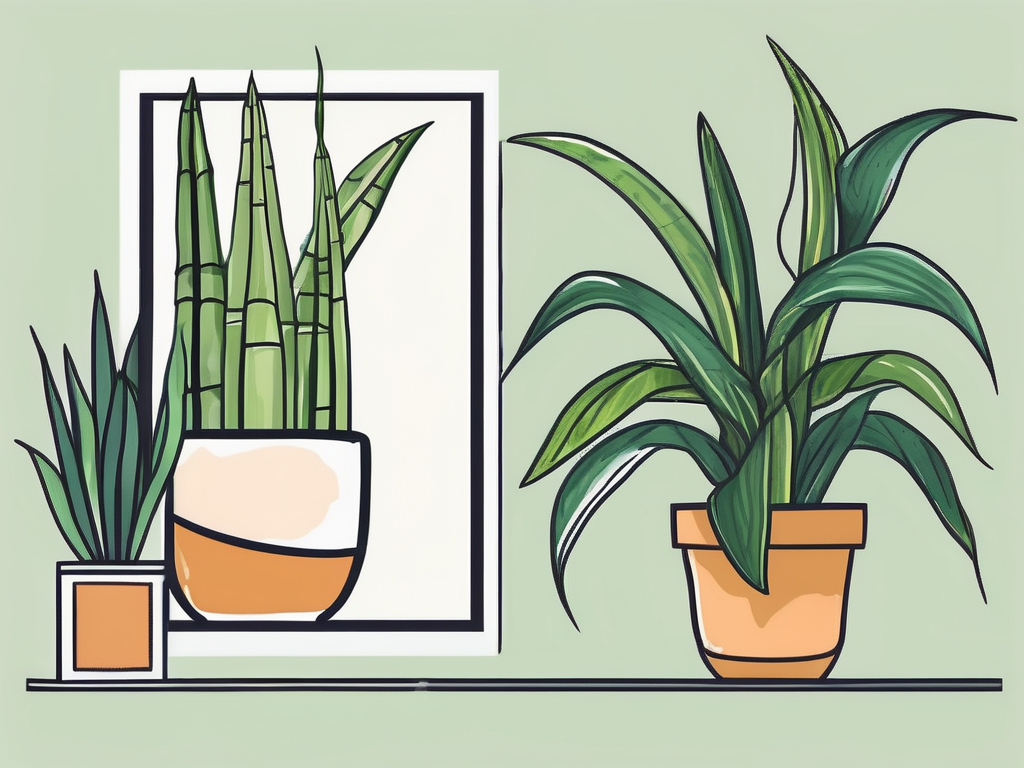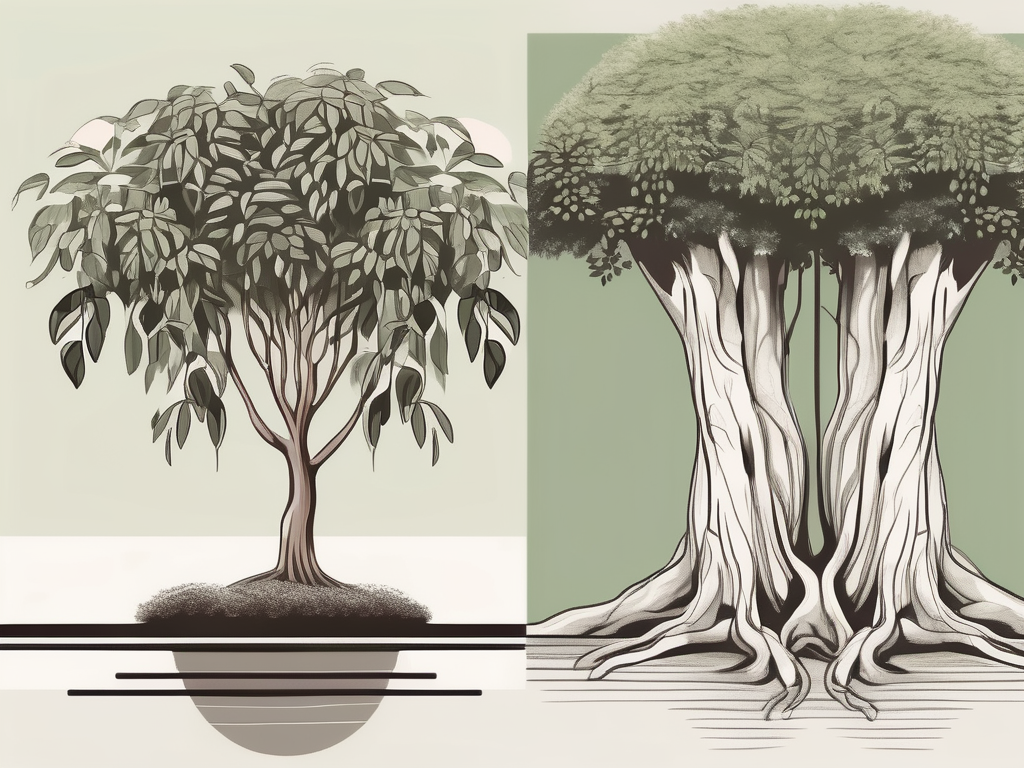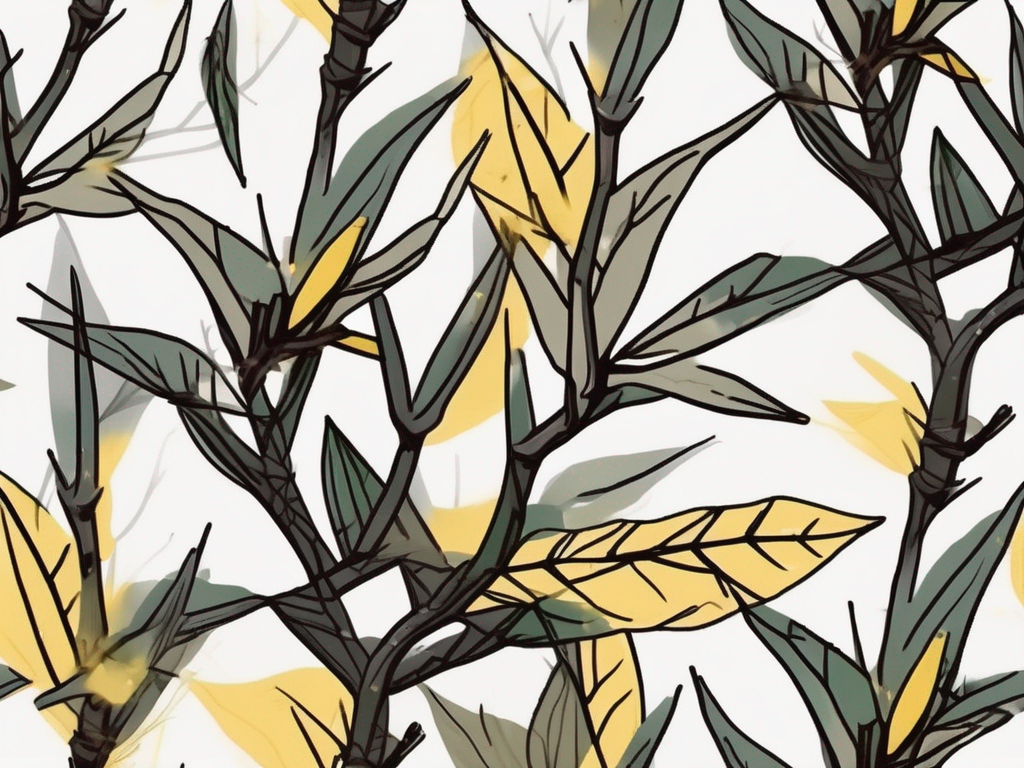
If you’ve ever cared for a Crown of Thorns plant, you know that its vibrant leaves and cheerful flowers can brighten up any room. But what do you do when those lovely leaves start turning yellow? It’s a common issue that many plant parents face, and it can be a bit perplexing.
In this article, we’ll chat about why your Crown of Thorns leaves might be turning yellow. We’ll cover everything from watering habits to pests and even a bit about the plant’s natural cycle. By the end, you’ll have a solid understanding of how to keep your plant happy and thriving.
Understanding the Crown of Thorns
Before diving into the reasons for yellowing leaves, let's take a closer look at the Crown of Thorns itself. This plant, known scientifically as Euphorbia milii, hails from Madagascar and is beloved for its striking appearance. Its thick, thorny stems and bright flowers make it a unique addition to any plant collection.
One reason the Crown of Thorns is so popular is its resilience. It can handle a range of conditions, making it ideal for those who might not have the greenest thumbs. However, like all plants, it does have its quirks and needs. Understanding these can help you pinpoint why those leaves are turning yellow.
Interestingly, the Crown of Thorns is a succulent, which means it stores water in its stems. This characteristic plays a big role in how you should care for it, particularly regarding watering. But more on that later!
Too Much Water
One of the most common reasons for yellowing leaves in Crown of Thorns plants is overwatering. While it’s tempting to shower your plant with love and water, too much can lead to soggy soil and root rot.
When the roots are sitting in waterlogged soil, they can’t get the oxygen they need. This leads to stress, which often manifests as yellow leaves. If you’ve been watering your plant frequently, it might be time to cut back.
- Check the soil moisture: Allow the top inch of the soil to dry out before watering again.
- Adjust your watering schedule: Water less often, especially during the plant’s dormant period in winter.
- Ensure proper drainage: Make sure your pot has drainage holes to prevent water from pooling at the bottom.
By tweaking your watering habits, you can often reverse the yellowing and bring your plant back to its vibrant self.
Not Enough Sunlight
Our friend the Crown of Thorns loves the sun. It thrives in bright, direct light and can even handle some harsh rays. If your plant is tucked away in a dim corner, it might be protesting by turning its leaves yellow.
Think of light as food for your plant. Without enough, it can’t produce the energy it needs to maintain healthy, green leaves. If you suspect a lack of sunlight is the issue, consider moving your plant to a sunnier spot.
- Find a bright location: A south-facing window is ideal.
- Rotate the plant: This ensures all sides get equal light and prevents uneven growth.
- Supplement with grow lights: If natural light is limited, consider using artificial lights to boost your plant’s exposure.
Giving your Crown of Thorns the light it craves can make a world of difference in its appearance and overall health.
Natural Leaf Shedding
Sometimes, yellowing leaves are simply part of the plant’s natural cycle. As the Crown of Thorns grows, it may shed older leaves to make room for new growth. If the yellowing is happening primarily at the base of the plant, it could just be a normal part of its progression.
It’s similar to how we regularly shed skin cells to make way for new ones. As long as the new growth at the top is healthy and vibrant, there’s usually no cause for concern.
- Observe the pattern: Natural shedding typically affects older, lower leaves.
- Check for new growth: Healthy new leaves are a good sign that your plant is doing well.
- Prune as needed: Removing yellow, dead leaves can improve airflow and aesthetic appeal.
Embrace the natural cycle of your plant. A little shedding here and there is perfectly normal and can even be a sign of healthy growth.
Temperature Fluctuations
Crown of Thorns plants prefer stable temperatures, much like many of us. Sudden changes in temperature, such as drafts from windows or heating vents, can stress the plant and cause yellowing leaves.
Think of it this way: if you’re used to a cozy environment and suddenly find yourself in a chilly draft, you might not feel too great either! Keeping your plant in a consistent environment can help prevent issues.
- Maintain a stable environment: Aim for temperatures between 65-75°F (18-24°C).
- Avoid drafts: Keep the plant away from windows or doors that are frequently opened.
- Watch for heat sources: Don’t place your plant too close to radiators or heating vents.
By creating a comfortable home for your plant, you’ll help it maintain its beautiful green foliage.
Pests and Diseases
Unfortunately, pests and diseases can also cause yellowing leaves in Crown of Thorns plants. Common culprits include spider mites, aphids, and fungal infections. These unwanted guests can sap the plant’s nutrients, leading to stress and discoloration.
Imagine someone sneaking bites of your food without you noticing. Eventually, you’d start to feel the effects! The same goes for your plant when pests are present.
- Inspect regularly: Check the undersides of leaves and stems for signs of pests.
- Use natural remedies: Neem oil and insecticidal soap can help control infestations.
- Keep the plant healthy: A strong, well-cared-for plant is less susceptible to pests and diseases.
By staying vigilant and taking quick action, you can keep your plant free of pests and healthy as can be.
Improper Soil Conditions
Soil plays a crucial role in the health of your Crown of Thorns. If the soil is too heavy or retains too much moisture, it can lead to root problems and yellowing leaves. Sandy, well-draining soil is best for this plant.
Think of soil as the foundation of your plant’s home. If the foundation is weak or unstable, the whole structure can suffer. Ensuring the right soil mix can make a big difference.
- Use the right mix: A cactus or succulent soil mix is ideal for Crown of Thorns.
- Avoid compacted soil: Regularly check the soil and loosen it if necessary.
- Repot if needed: If the current soil isn’t suitable, consider repotting the plant into fresh soil.
With the right soil conditions, your Crown of Thorns can flourish and show off its beautiful colors.
Nutrient Deficiency
Just like humans, plants need a balanced diet to thrive. A lack of essential nutrients can lead to yellowing leaves in Crown of Thorns plants. Nutrient deficiencies, particularly in nitrogen, can affect the plant's health and appearance.
Imagine trying to live on just bread and water. You’d likely start feeling under the weather pretty quickly. Your plant needs a variety of nutrients to stay in top shape.
- Fertilize regularly: Use a balanced, water-soluble fertilizer every few months during the growing season.
- Check for specific deficiencies: Yellowing leaves can indicate a lack of nitrogen, iron, or magnesium.
- Follow instructions: Avoid over-fertilizing, which can do more harm than good.
By providing your plant with the nutrients it needs, you’ll help it maintain its vibrant green leaves.
Final Thoughts
Yellowing leaves on your Crown of Thorns can be due to a variety of factors, from too much water to insufficient nutrients. By understanding these potential causes and making a few adjustments, you can help your plant regain its vibrant beauty.
At Cafe Planta, we’re passionate about helping you care for your plants. Whether you need advice on plant care or are looking to add to your collection, we’re here to help. Feel free to email us or reach out on Instagram. We believe that plants have the power to bring people together and inspire a deeper connection with nature. Let’s grow together!

